We are fully integrated in the Drug Delivery group at Uppsala University. For a full list of equipment available in the laboratories, please visit the website of the Bergström group. We also have full access to laboratories and equipment for cell and permeation studies (especially using Caco-2 cell models) as well as the SciLifeLab Uppsala University Drug Optimization and Pharmaceutical Profiling Platform with UPLC-MS/MS equipment.
Key equipment for nanoparticle characterization and development of our nano-enabled drug formulations include:
NANOPARTICLE HYPERTHERMIA ANALYZER
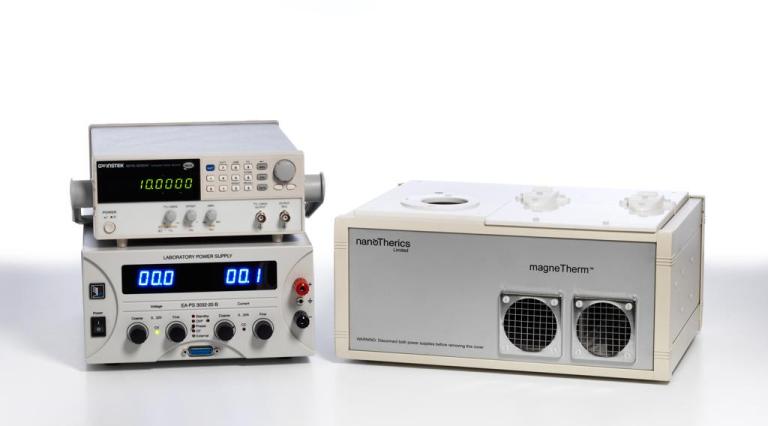
The magneTherm system enables magnetic fluid and nanoparticle hyperthermia testing. It can operate at a wide range of frequencies with field strengths up to 20 kA/m (25 mT). Accessories include in vitro drug release testing with in situ temperature measurements as well as live cell imaging.
X-RAY DIFFRACTOMETER

The D2 Phaser benchtop X-ray diffractometer from Bruker is used for all powder diffraction applications from phase identification, quantitative phase analysis, up to crystal structure analysis.
Microfluidizer

The LM20 Microfluidizer converts high fluid pressures (up to 2000 bars) to intense shear forces to reliably reduce particle or droplet size and yield e.g. well-dispersed particle suspensions or submicron emulsions.
ATR-FTIR SPECTROMETER

The Bruker Alpha II is a robust FTIR spectrometer with full sampling flexibility. We have a temperature-controlled attenuated total reflection accessory.
THERMOGRAVIMETRIC ANALYZER

Thermogravimetric analyzer (TGA) is used to determine sample composition by measuring the weight of each component as it volatilizes or decomposes under controlled conditions of temperature, time, and atmosphere. The TGA550 from TA Instruments is a top-in-class thermogravimetric analyzer with Hi-Res TGA, MTGA, DTA signal, and a 25-position autosampler.
DIFFERENTIAL SCANNING CALORIMETER

Differential scanning calorimetry (DSC) is a thermoanalytical technique in which the difference in the amount of heat required to increase the temperature of a sample and reference is measured as a function of temperature. The Q1000 from TA Instruments contains the advanced Tzero™ technology, advanced Modulated DSC ®, a 50-position intelligent autosampler, and digital mass flow controllers.
DYNAMIC LIGHT SCATTERING
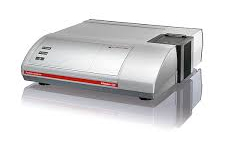
The Anton Paar Litesizer 500 combines particle size, zeta Potential, and refractive index measurements in one instrument. Dynamic light scattering (DLS) and electrophoretic light scattering (ELS) measurements are conducted on particles or droplets in solution.
EXTRUSION-BASED 3D PRINTER

The Cellink Bio X extrusion-based 3D printer with triple-printhead technology can combine different materials and print various bioinks. The print bed is temperature controlled and printheads include Heated Pneumatic Printheads, Syringe Pump Printhead and Thermoplastic Printhead.
INFRARED CAMERA
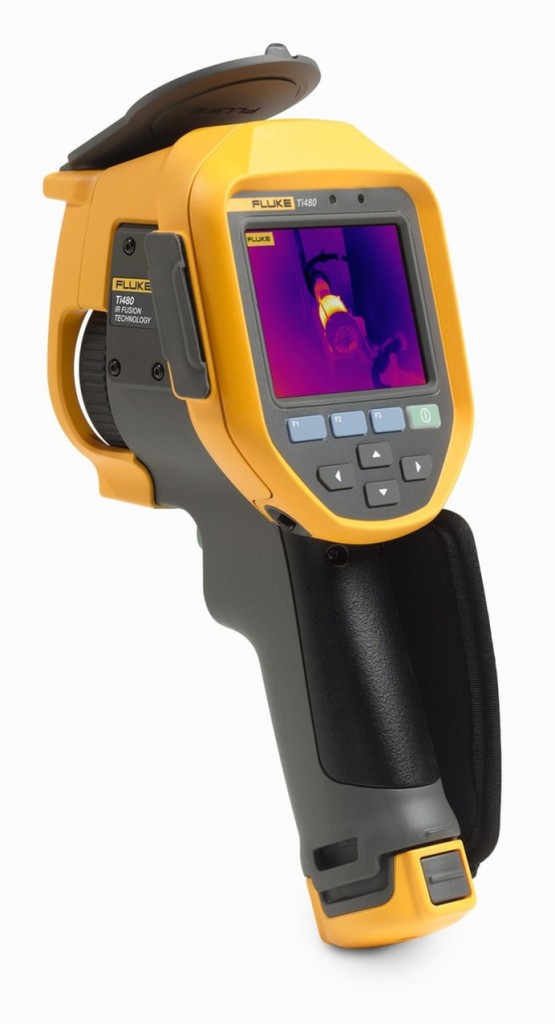
The Fluke Ti480 PRO Infrared Camera is capable of measuring temperatures in the range of -20 °C to 1000 °C with high resolution. The camera also allows video capture and wireless remote control operation.
VACUUM OVEN

Thermo Scientific™ Vacutherm vacuum heating and drying oven VT 6025 for fast and gentle drying of nanoparticles, e.g. prior to functionalization.
INVERTED FLUORESCENCE MICROSCOPE
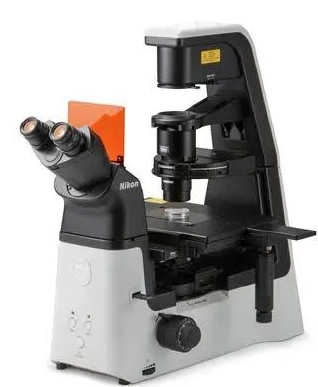
The Nikon Eclipse Ts2R-FL is an inverted microscope equipped with fluorescence capibility. The high speed camera and motorized stage makes it ideal for complex timelapse imaging of microfluidic systems and cell studies.
FRANZ DIFFUSION CELLS
Permegear’s V6 stirrer and customised franz diffusion cells allow for drug release studies using samples of different sizes – varying inner and outer diameters of the Franz cells were bought.
GELDOC

The GelDoc Go Gel Imaging System provides a benchtop imaging solution in a compact package. It allows to acquire high-resolution, publication-quality images of both nucleic acid and protein gels.
MICROFLUIDIC PRESSURE PUMP
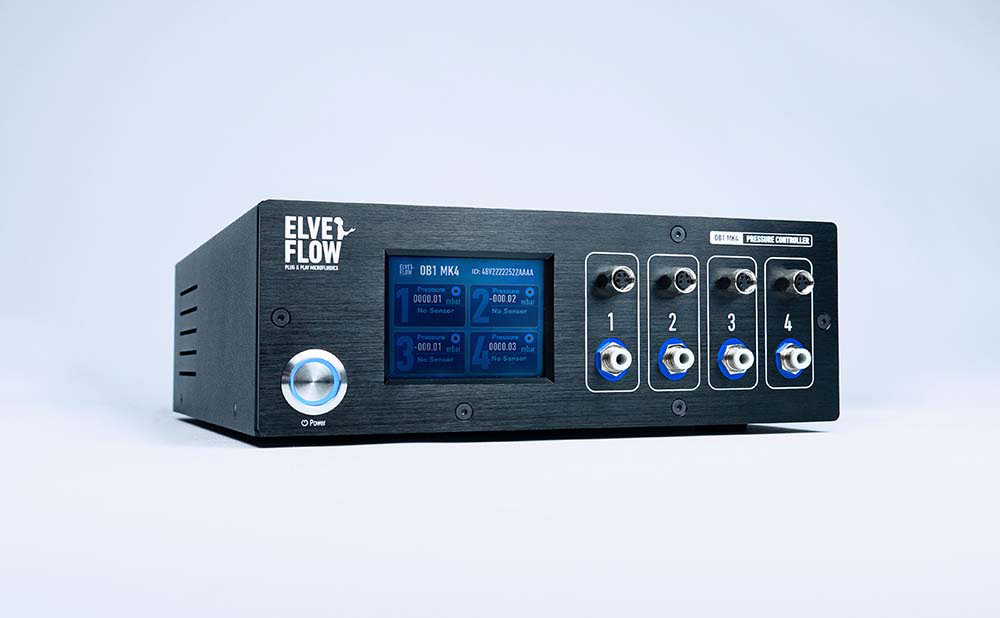
Elveflow’s pressure pumps enable generation and accurate control of pressure into microfluidic chips without compressed gas lines or gas compressors. It allows to adjust flow through front control button or computer interface.

